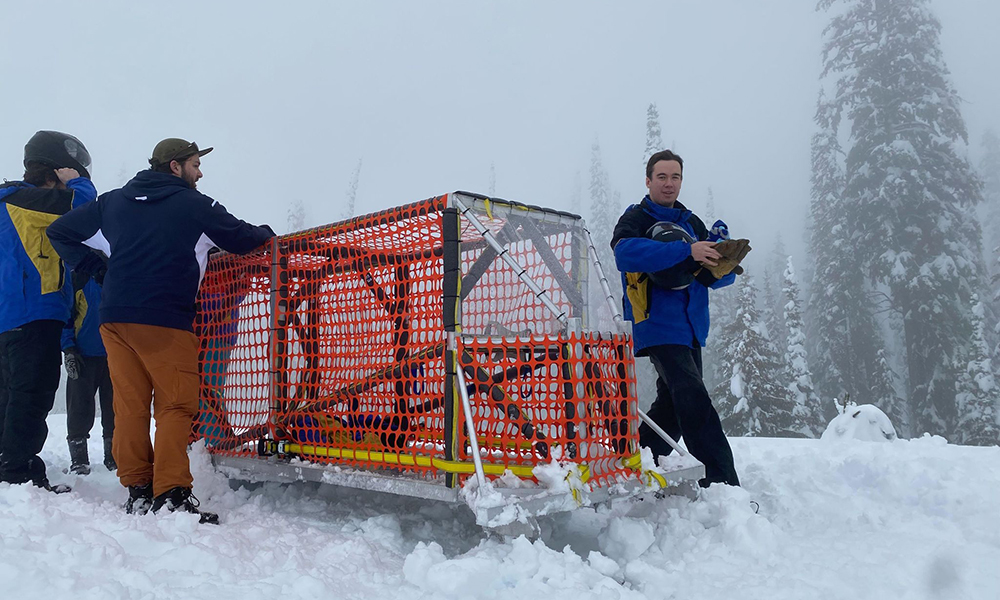
UBCO’s concrete toboggan, before decorated in its theme for the year, gets tested on the slopes at Big White to ensure it’s ready to perform.

UBCO’s concrete toboggan, before decorated in its theme for the year, gets tested on the slopes at Big White to ensure it’s ready to perform.
Posted in Uncategorized
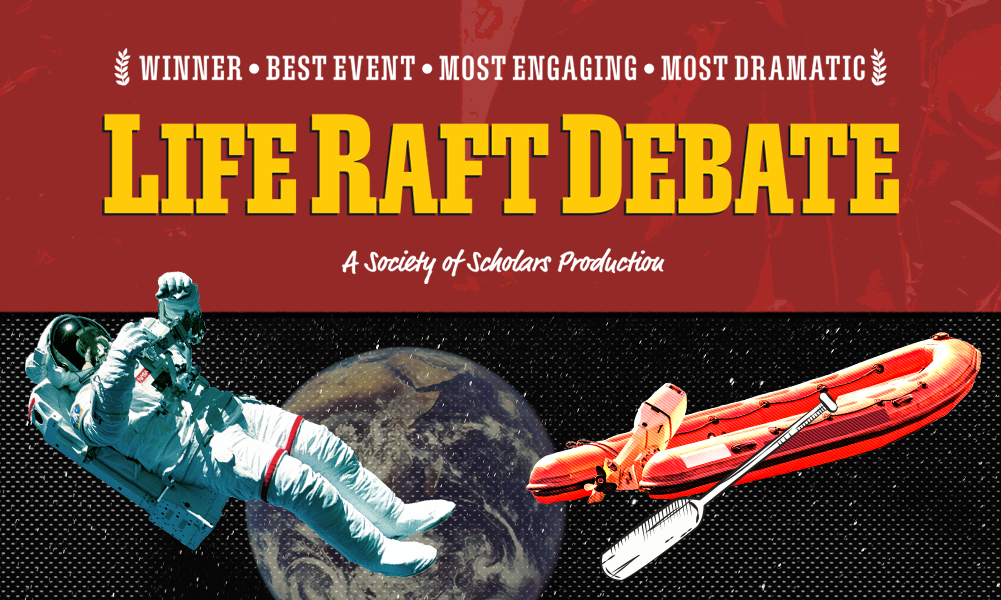 What: Fifth annual Life Raft Debate
Who: UBC professors compete to win a role to lead society
When: Wednesday, January 25, beginning at 7 pm
Venue: COM 201, Commons building, 3297 University Way and over Zoom
As the Okanagan winter progresses some people might dream of being cast away on a deserted beach.
But a few UBC Okanagan professors have now landed on a fictional island and have their work cut out for them.
Each year UBC Okanagan’s Society of Scholars hosts a Life Raft Debate, pitting faculty against each other as they maintain why they alone have the skills to help save the world and therefore deserve the last seat on the life-raft.
The premise for the fifth annual Life Raft Debate involves faculty who have crash-landed on a fictional tropical deserted island, explains Society of Scholars spokesperson Aimee Davarani. Recognizing the necessity for governance in their new home, the survivors must hold an election to determine who will become their leader and last hope for a civilized society.
“This is their chance to campaign as the new leader of the island,” she says. “With all the resources provided to stay alive, the chosen one must take on the challenge of forming a new culture that can be sustained for the future. Because who knows when help will arrive? But first, they must win the debate.”
“The members of the audience are the ones who will vote for their new leader, making this an entertaining and interactive evening,” Davarani adds, a third-year psychology student.
This year the debating professors include Dr. Jordan Stouck from the Faculty of Creative and Critical Studies, School of Engineering’s Dr. Alon Eisenstein and Dr. Renaud-Phillippe Garner from the Irving K. Barber Faculty of Arts and Social Sciences.
“We invite people to come and watch the professors from different faculties debate against each other to prove that their discipline is superior to all others when it comes to creating and maintaining a new society,” adds Davarani.
To add intrigue to the evening, the final debater, Dr. Matthew Nelson, will play the role of Devil’s Advocate. The biology professor will campaign that none of the academic debaters deserve to be in a leadership role and the fate of society should rest with the audience as a whole.
“We really encourage our community to come watch our faculty members as they deal with this unique twist on defending their expertise,” says Davarani. “The annual Life Raft Debate has become a fun and entertaining way to help people discover how different points of view and areas of expertise can work together, or against, improving our society.”
More information and registration can be found at: students.ok.ubc.ca/life-raft
The post Life Raft Debate pits professors against each other for survival appeared first on UBC Okanagan News.
What: Fifth annual Life Raft Debate
Who: UBC professors compete to win a role to lead society
When: Wednesday, January 25, beginning at 7 pm
Venue: COM 201, Commons building, 3297 University Way and over Zoom
As the Okanagan winter progresses some people might dream of being cast away on a deserted beach.
But a few UBC Okanagan professors have now landed on a fictional island and have their work cut out for them.
Each year UBC Okanagan’s Society of Scholars hosts a Life Raft Debate, pitting faculty against each other as they maintain why they alone have the skills to help save the world and therefore deserve the last seat on the life-raft.
The premise for the fifth annual Life Raft Debate involves faculty who have crash-landed on a fictional tropical deserted island, explains Society of Scholars spokesperson Aimee Davarani. Recognizing the necessity for governance in their new home, the survivors must hold an election to determine who will become their leader and last hope for a civilized society.
“This is their chance to campaign as the new leader of the island,” she says. “With all the resources provided to stay alive, the chosen one must take on the challenge of forming a new culture that can be sustained for the future. Because who knows when help will arrive? But first, they must win the debate.”
“The members of the audience are the ones who will vote for their new leader, making this an entertaining and interactive evening,” Davarani adds, a third-year psychology student.
This year the debating professors include Dr. Jordan Stouck from the Faculty of Creative and Critical Studies, School of Engineering’s Dr. Alon Eisenstein and Dr. Renaud-Phillippe Garner from the Irving K. Barber Faculty of Arts and Social Sciences.
“We invite people to come and watch the professors from different faculties debate against each other to prove that their discipline is superior to all others when it comes to creating and maintaining a new society,” adds Davarani.
To add intrigue to the evening, the final debater, Dr. Matthew Nelson, will play the role of Devil’s Advocate. The biology professor will campaign that none of the academic debaters deserve to be in a leadership role and the fate of society should rest with the audience as a whole.
“We really encourage our community to come watch our faculty members as they deal with this unique twist on defending their expertise,” says Davarani. “The annual Life Raft Debate has become a fun and entertaining way to help people discover how different points of view and areas of expertise can work together, or against, improving our society.”
More information and registration can be found at: students.ok.ubc.ca/life-raft
The post Life Raft Debate pits professors against each other for survival appeared first on UBC Okanagan News. Posted in Media Advisory

UBCO experts suggest wrapping gifts in reusable bags or boxes as one of several ways to keep the holiday season sustainable.
Posted in Uncategorized
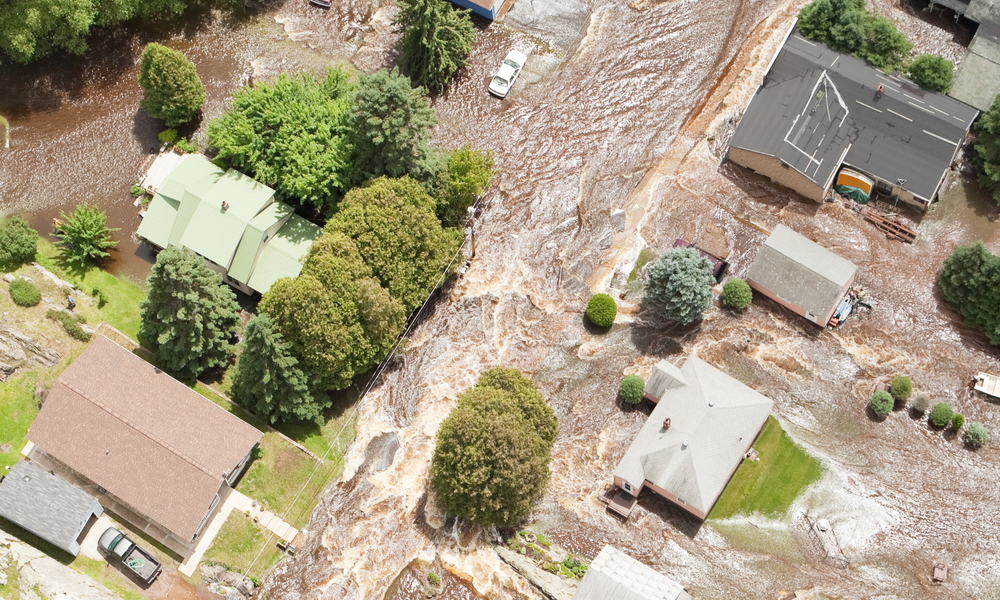
UBC engineers have consulted with 22 Okanagan communities to develop recommendations and best practices to improve flood resilience which could limit potential damage.
Posted in Uncategorized
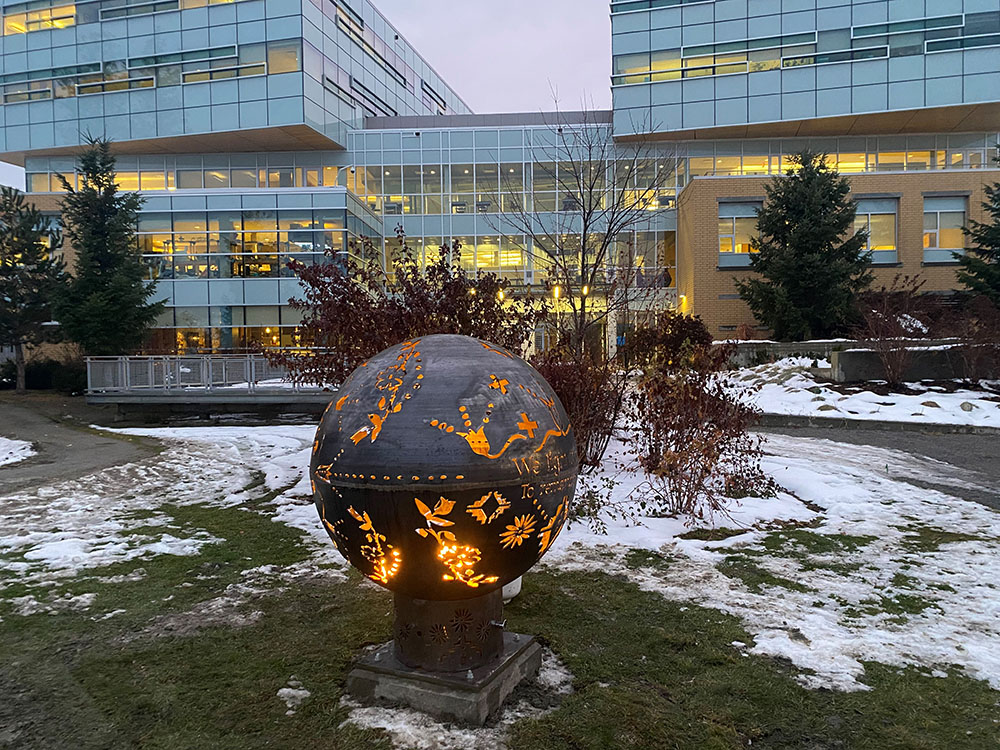
An artistic fire bowl titled For Future Matriarchs was installed at UBCO last week. It will be lit each December 6 in memory of the 14 women killed in the École Polytechnique massacre. The piece was created by internationally recognized Syilx artist Krista-Belle Stewart and Secwépemc artist Tania Willard.
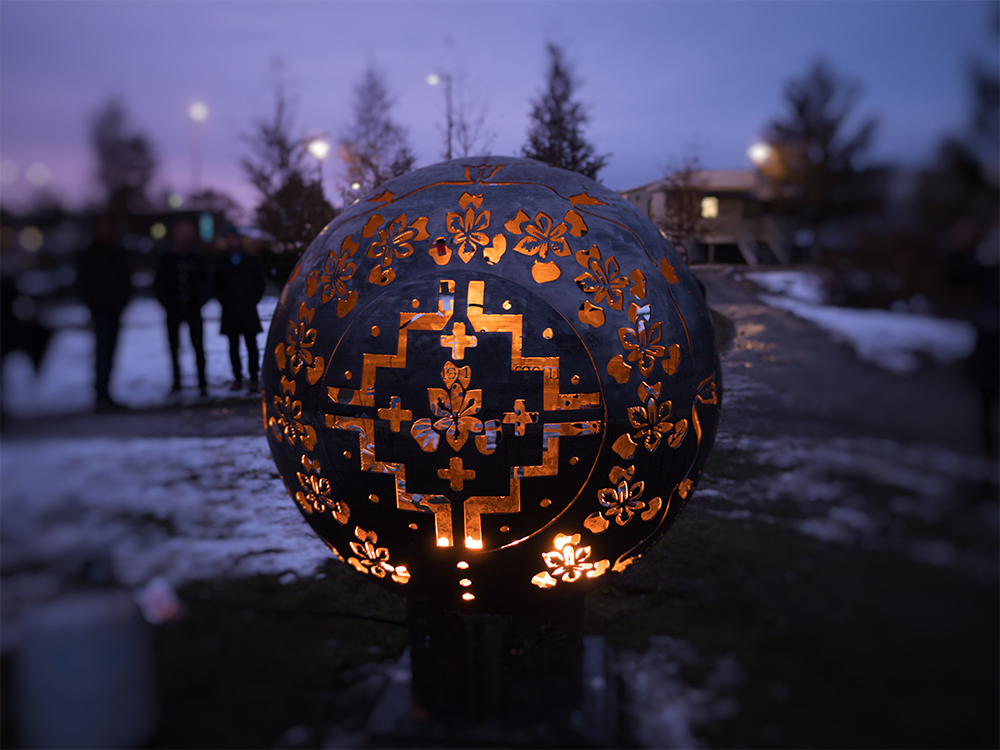
The firebowl was funded by the School of Engineering and will become part of the UBC Okanagan Public Art Collection. Photo by Nasim Pirhadi.
Posted in Media Advisory
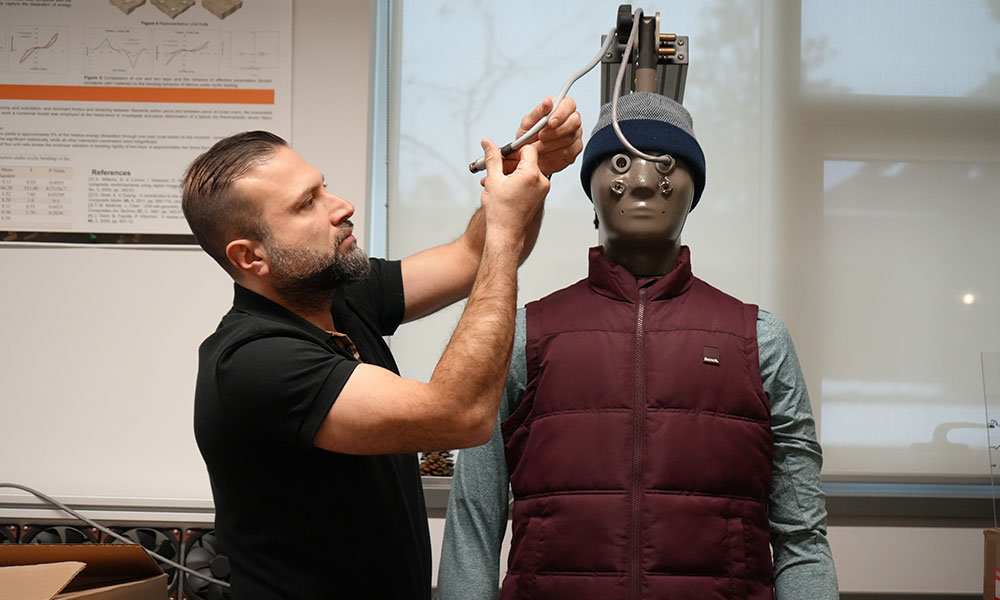
UBCO researcher Dr. Farzan Gholamreza gets Newton, a thermal manikin, ready for a sweat test in his outdoor exercise gear.
Posted in Uncategorized
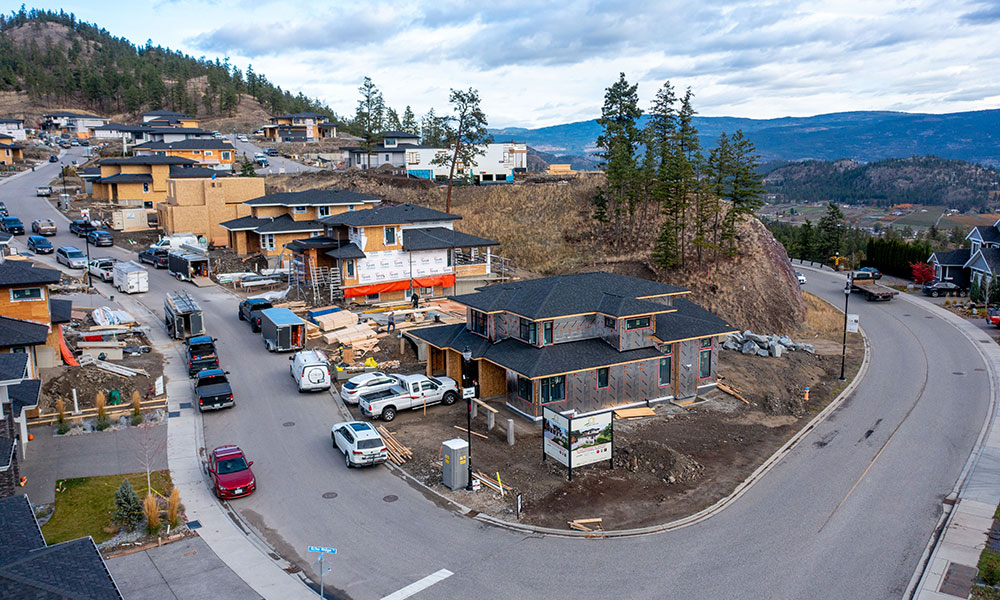
The newly constructed net zero home will be open for the public to explore Sunday, November 20 starting at noon. Built to the highest energy-efficient standards, once occupied this house will produce as much energy as it uses in a year.
Posted in Uncategorized

UBCO is hosting a unique fall graduation ceremony Thursday. Students who graduated in 2020 and 2021 will now have the opportunity to toss their caps in celebration like these students did in 2018.
Posted in Uncategorized
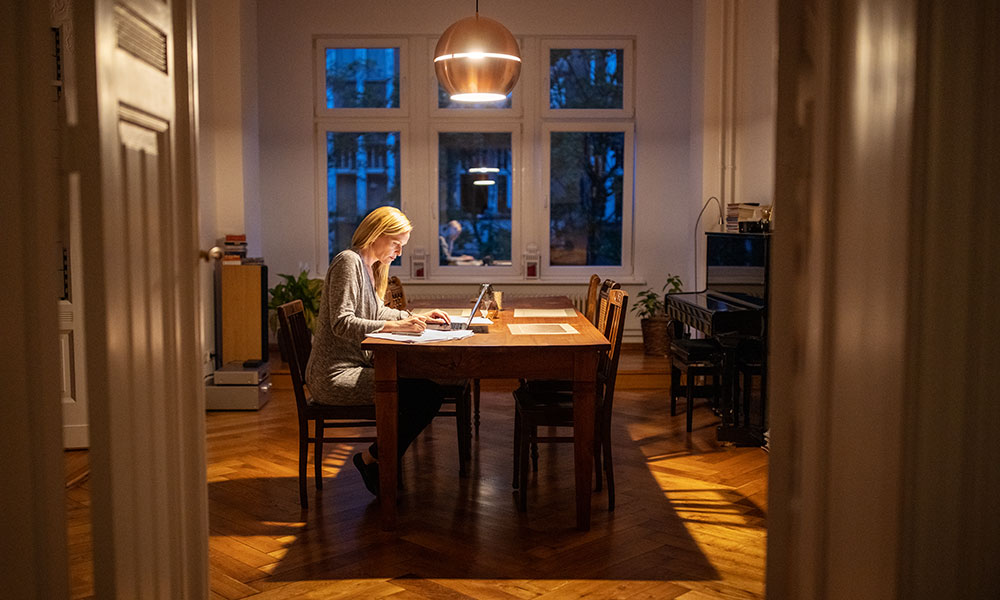
UBCO research indicates working from home is costing employees more than they might think.
Posted in Uncategorized
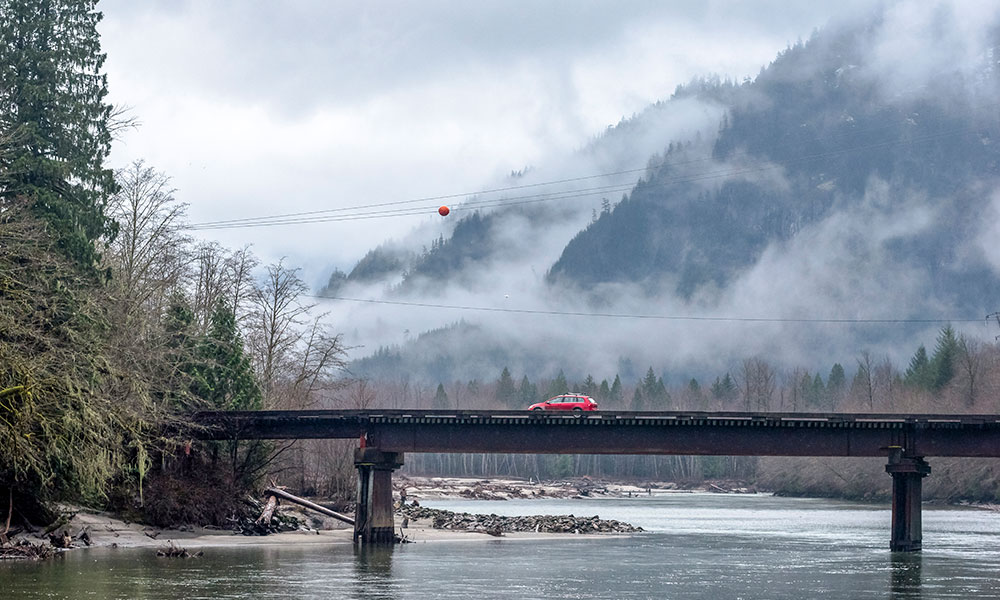
New research from UBCO has determined that as tires and roads wear down particles of that waste are spread across roadways and can eventually end up in rivers, streams and lakes.
Posted in Uncategorized